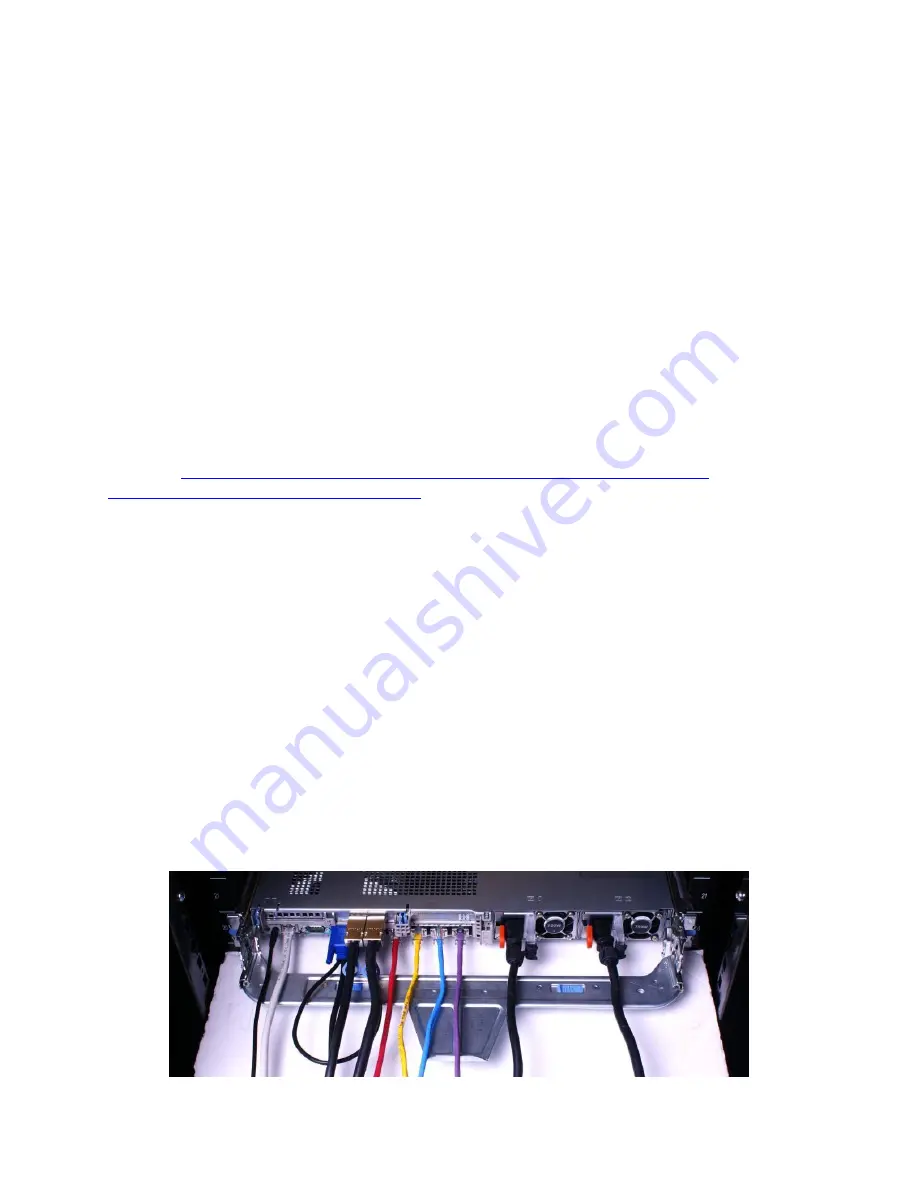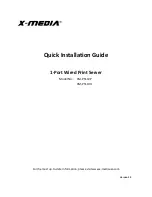
Cable Routing Procedures for Dell PowerEdge R620 Systems
4
Introduction
This white paper covers recommended cable routing procedures for the Dell™ PowerEdge™ R620
systems in the following racks:
PowerEdge 2410, 4210
PowerEdge 2420, 4220, 4820 (including wide and deep versions)
PowerEdge Energy Smart 4020S, 4620S
If you are using the optional cable management arm (CMA), following these procedures will allow you
to extend the system from the rack for service without powering down or disconnecting the cables. If
you are not using the CMA, following these procedures will ensure secure attachment and strain relief
of the cables behind the system.
For guidelines on how to route cables within the rack, refer to the Dell
Best Practices Guide for Rack
Enclosure
white paper. For additional details regarding potential interferences between the CMA and
rear-mount power distribution units (PDUs) in Dell racks as well as general information about third
party rack compatibility, refer to the
Dell Enterprise Systems Rail Sizing and Rack Compatibility Matrix
located at
http://content.dell.com/us/en/enterprise/d/business~solutions~engineering-
docs~en/Documents~rail-rack-matrix.pdf.aspx
.
Section 1: Cabling a PowerEdge R620 with a CMA
This section details how to cable the PowerEdge R620 systems on sliding rails using a CMA. If you are
cabling the system without the optional CMA, refer to Section 3.
Follow the instructions contained in the
Rack Installation Instructions
in the sliding rail kit to install the
server into the rack. Once installed, use these instructions to install the cables. All illustrations in the
following sections were created using a PowerEdge R620 system (10 HDD version).
NOTE:
PowerEdge R620 systems are not compatible with the PowerEdge R610 rails and CMA.
1.1.
Connecting the cables to the system
Attach the CMA tray to the back of the rails as described in the
CMA Installation Instructions
provided
in the CMA kit. Connect all applicable cables to the rear of the system and verify that all connections
are secure. See Figure 1.
System with cables installed
Figure 1.





























